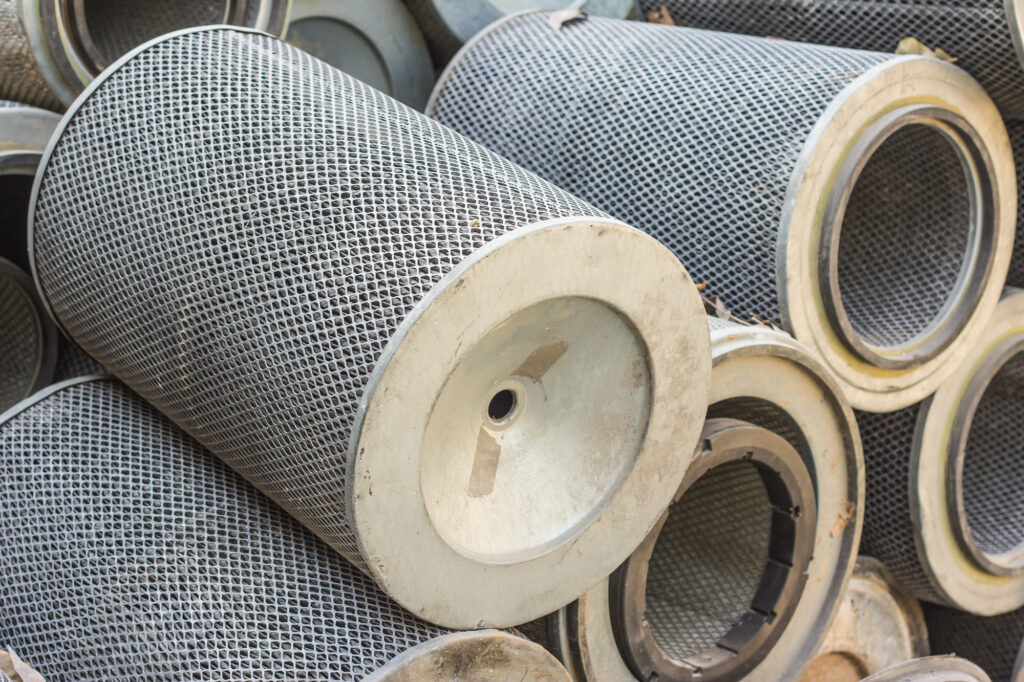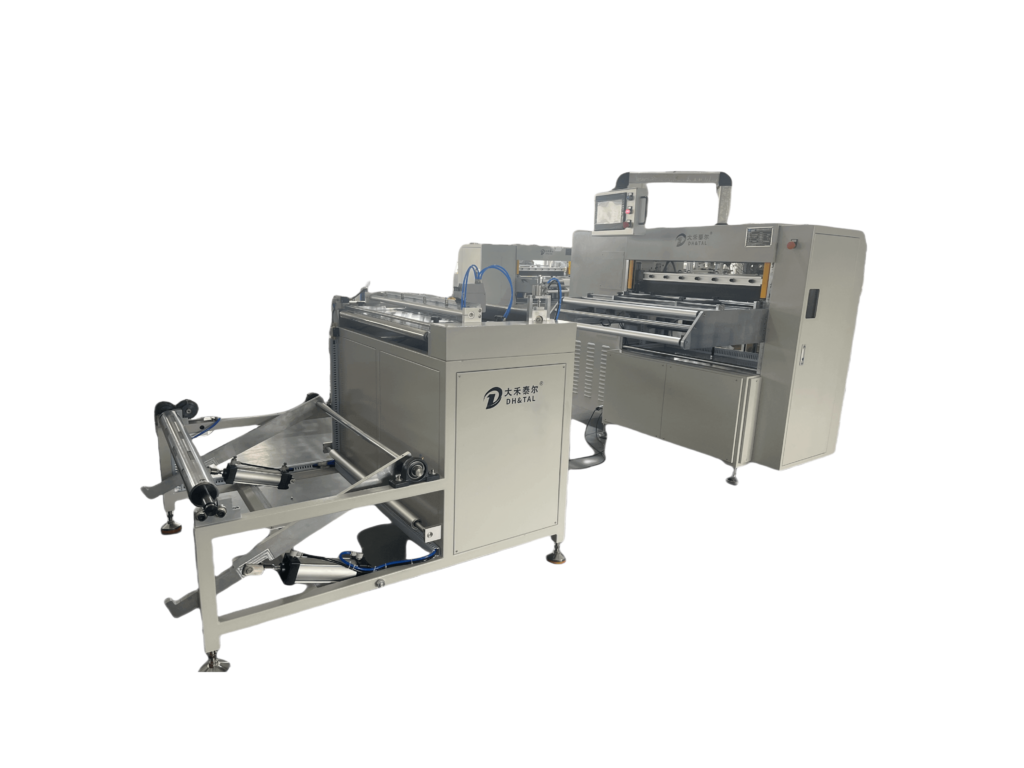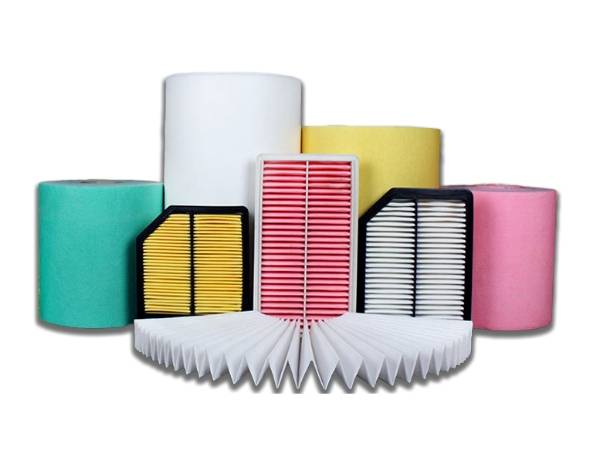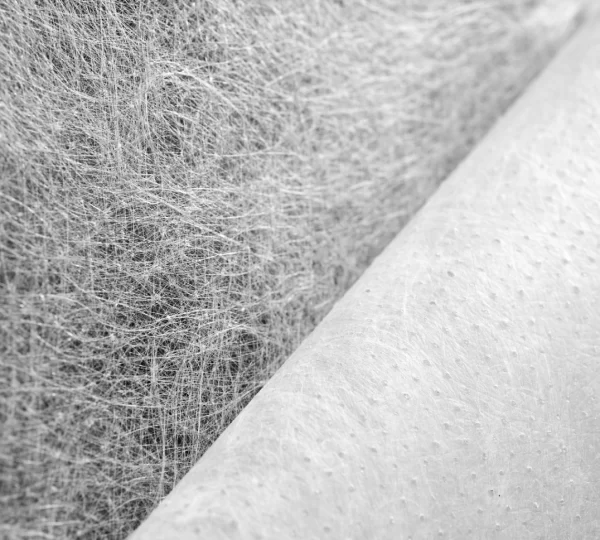During filter production, traditional paper pleating machines often face several obstacles – misalignment, inconsistent pleats, excessive material waste and inefficient operation – all of which can lead to reduced production and increased costs. At Dahe Intelligent, we have invested significant R&D efforts to address these challenges head-on. Our paper pleating machine solutions are designed to overcome the biggest obstacles in filter production. By integrating advanced automation, precision control and intelligent monitoring systems, we ensure that every pleat is produced accurately and consistently. This improves filter quality and reduces material waste by up to 25%, a key indicator of cost savings and environmental sustainability.
How do paper pleating machine eliminate filter defects?
One of the most persistent challenges in filter production is achieving uniform pleat size across large batches. Manual or traditional pleating systems often produce inconsistent pleat heights (e.g., ±0.2mm deviation), resulting in leaks, reduced filtration efficiency or outright rejection. Dahe Intelligent’s paper pleating machines solve this problem with a closed-loop feedback system.
For example, in collaboration with a European HEPA filter manufacturer, Dahe’s machines reduced pleat height variation from 12% to <1% using real-time laser sensors to measure each fold. If deviations exceed preset tolerances, the system automatically adjusts the tension roller and blade position within 50 milliseconds. This precision ensures that each filter meets ISO 16890 particle capture standards, which is critical for industries such as pharmaceutical and aerospace.
Speed vs. Precision: Balancing Output with Paper Pleating Machine
Traditional pleating machines force manufacturers to choose between speed and precision—output increases, and defect rates soar. Dahe’s paper pleating machines disrupt this tradeoff. By synchronizing servo-driven rollers and cutting blades at microsecond intervals, they achieve 120 strokes/minute speeds while maintaining a repeatability of ±0.05 mm. One U.S. automotive filter supplier doubled production to 8,000 filters per day without sacrificing quality. The machine’s adaptive algorithms can also handle sudden material changes—switching from synthetic media to fiberglass mid-run without manual recalibration. This flexibility is critical for manufacturers serving markets ranging from HVAC to industrial dust collection.
Reduced material waste reduces costs by 30%
Filter media such as melt-blown polypropylene or nanofiber sheets are expensive, and even a slight pleat error can result in the scrapping of an entire roll. Dahe’s paper pleating machines minimize waste using predictive tension control to adjust the roller pressure based on material thickness changes detected by ultrasonic sensors. We can optimize the paper layout using nested algorithms and utilize 98% of the raw material, compared to only 85% with conventional systems. One Chinese filter producer reduced its annual material costs by hundreds of thousands of dollars after adopting the Dahe system, achieving almost zero waste during 24/7 production.
Customization and adaptability to meet diverse filter production needs
One of the unique advantages of Dahe’s intelligent paper pleating machine solutions is its high degree of customization and adaptability. The filter production industry features various products, each with unique specifications in size, thickness, material properties, and performance requirements. Therefore, a one-size-fits-all approach rarely works. We design our solutions to be flexible, allowing manufacturers to customize machine settings to suit different production needs.
Customization starts with the machine’s modular design. Key components of our paper pleating machine, such as the automatic media feed system, alignment sensors, and control modules, can be independently configured to suit specific applications. This modular approach enables manufacturers to adjust parameters such as feed rate, pleat width, and tension settings to meet the precise requirements of each filter product.
Integrated real-time monitoring and data analysis
Data is a powerful tool in the modern manufacturing environment to drive operational improvements and process optimization. Dahe Intelligent’s paper pleating machine solutions use the power of real-time monitoring and data analysis to ensure that every aspect of the filter production process is optimized for improved performance and efficiency. Our machines have sensors that collect data on key variables such as paper tension, paper feed speed, pleat accuracy, and material usage. The system transmits this data in real-time to a centralized control system, which uses sophisticated analytical software to interpret the information. By analyzing these data points, our system can detect subtle deviations from optimal performance and trigger corrective actions before significant problems occur.
An Integrated Approach to Overcoming Filter Production Issues
Producing high-quality filters requires a precise, efficient, and proactive approach to minimize waste and defects. Dahe Intelligent designs its paper pleating machine solutions to address the biggest challenges in filter production, particularly misalignment, material waste, and operational inefficiencies. Through advanced automation, intelligent control systems, and comprehensive real-time monitoring, our machines deliver superior performance—reducing material waste by up to 25% and ensuring uniform, high-quality pleats that meet industry standards.






